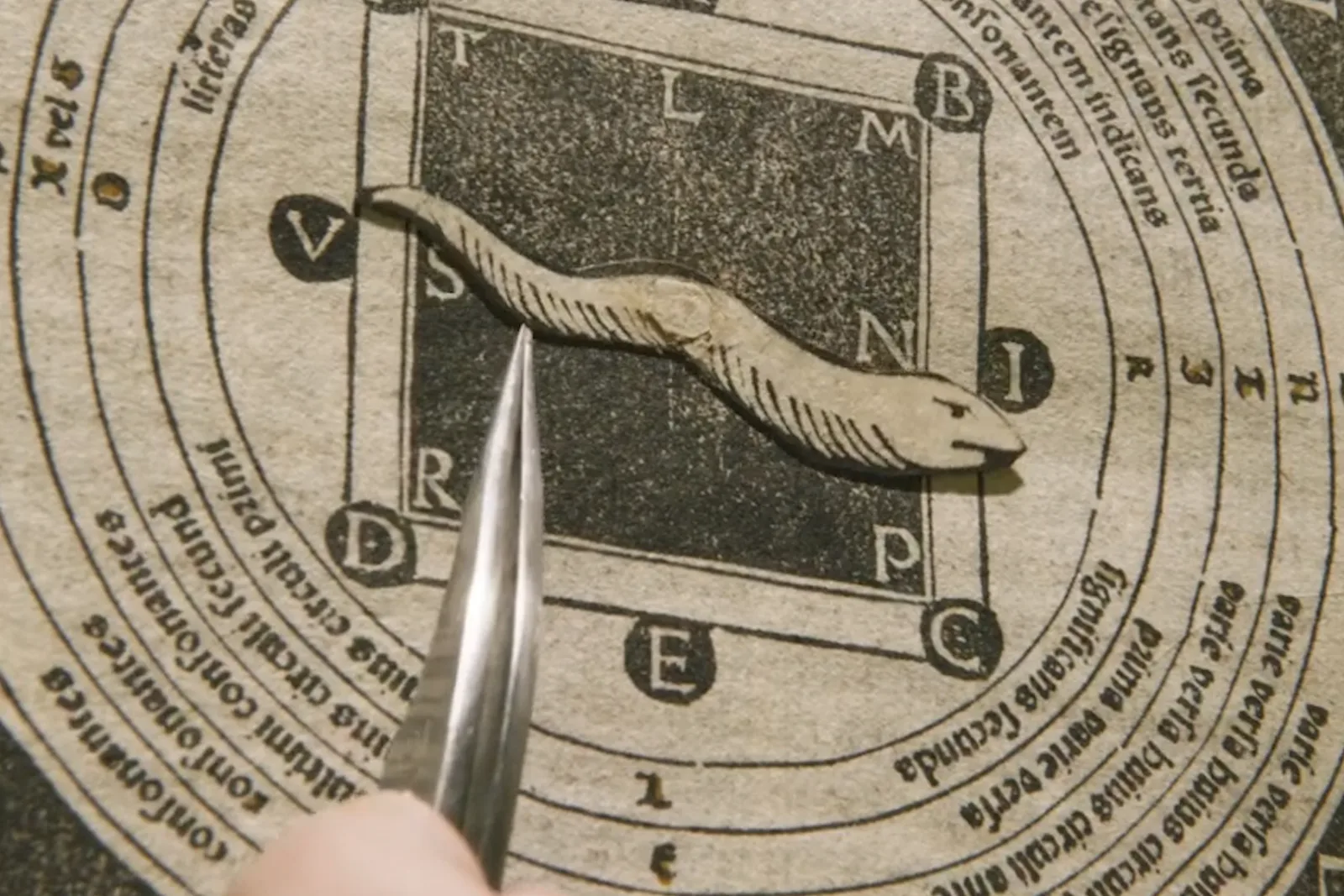Pop-ups and movable books (with flaps and spinning dials) were meant for all ages, and they go back much further than most people think.
The earliest surviving handmade manuscript flap dates to 1121, and the first dial (or volvelle) dates to 1250. Many more survived once letterpress and woodcut printing became commonplace in Europe, though the three-dimensional pop-up spreads with which many of us are familiar first date to the 19th century.
Several 15th-century printed books with moving parts are on view in Pop-Up Books through the Ages, which will be open in the Newberry exhibition galleries from March 21 through July 15 of 2023. Along with these historical fore-runners of the modern pop-up book, there will be many other items for visitors to ogle, and facsimiles to touch, including interactive maps and works of ephemera dating all the way up to 2023.
Let’s take a look at some of the ways that movable books can move: dials, flaps, and pop-ups. These components have been used by different audiences over the centuries, and you can find hundreds of them in the Newberry’s collection. Many of them do not exist anywhere else!
About "Pop-Up Books through the Ages"
Featuring books, maps, and ephemera from the Newberry collection, Pop-Up Books through the Ages traces the extensive history of hands-on reading. Tactile, interactive components can be found in everything from a 1489 astronomical calendar and a 1775 battle map to a 1932 edition of Pinocchio. Viewing these different items in one place, visitors will see how the art, science, and business of pop-up books evolved over hundreds of years.
In addition to exploring the past, the exhibition highlights the present and future of pop-up books, including the work of contemporary book and paper artists who are pushing the form in new directions. Two of these artists, Hannah Batsel and Shawn Sheehy, have even designed a pop-up version of the Newberry that you can take home and construct yourself!
Pop-Up Books through the Ages is generously supported by The National Endowment for the Arts, the Gladys Krieble Delmas Foundation, Professor James H. Marrow and Dr. Emily Rose, Alan Templeton, Diane and Richard Weinberg, and The Movable Book Society.
About the Author
Suzanne Karr Schmidt is George Amos Poole III Curator of Rare Books and Manuscripts at the Newberry. She is also the curator or Pop-Up Books through the Ages.
